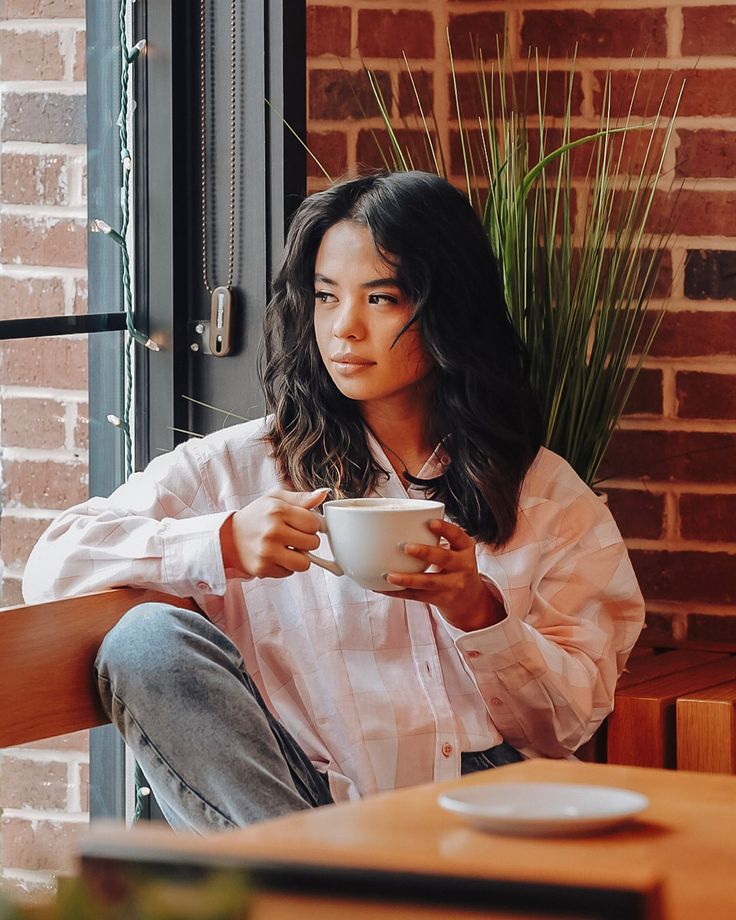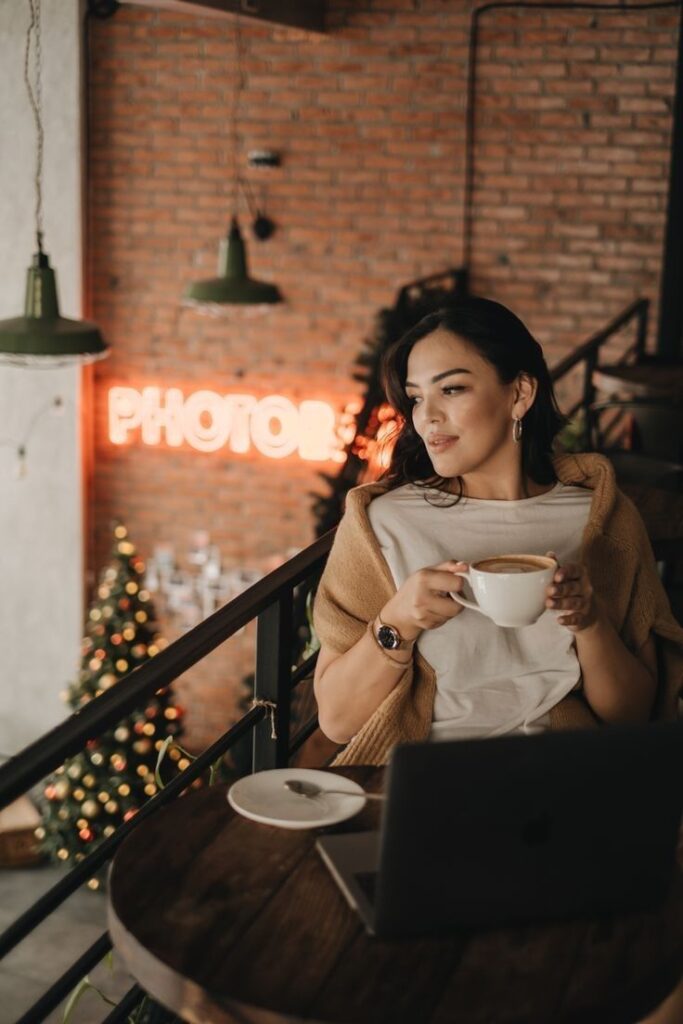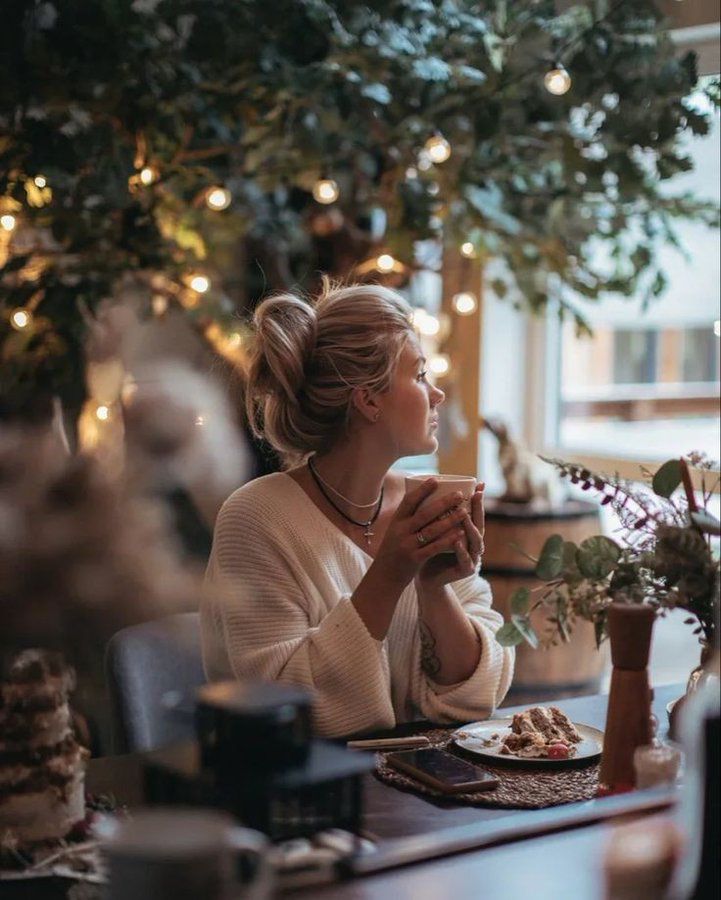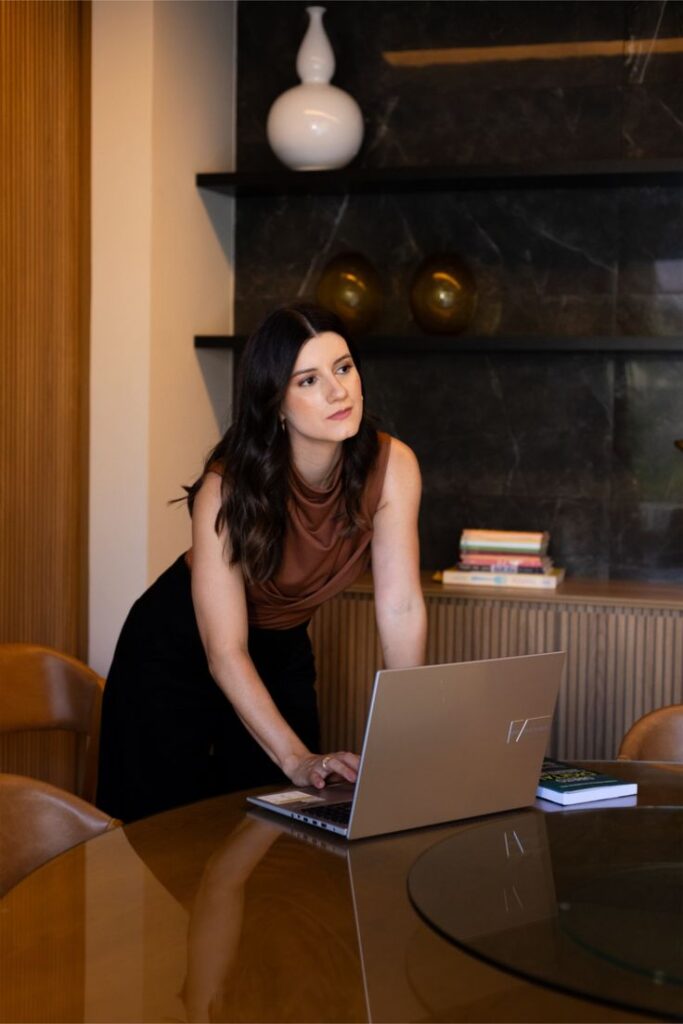The Essence of Moments in Lifestyle Photography
Lifestyle photography is a celebration of real-life events and emotions. Unlike posed portraits, it thrives on authenticity—capturing candid expressions, unfiltered moments, and raw connections. The ability to immortalize genuine moments in lifestyle photography requires skill, patience, and a deep understanding of human behavior.
In this comprehensive guide, we will explore how to create meaningful, authentic images in lifestyle photography. From understanding your subjects to mastering lighting and post-processing, every detail matters. Whether you’re a budding photographer or a seasoned professional, these tips will empower you to craft visually compelling and emotionally resonant photographs.
1. What Defines Authentic Moments in Lifestyle Photography?
1.1 The Concept of Authenticity
Authenticity is the cornerstone of lifestyle photography. It’s about capturing scenes that feel real and relatable, even if lightly directed. Unlike traditional photography styles, lifestyle shots prioritize storytelling over perfection.
1.2 Key Elements of Authentic Moments
- Emotion: Genuine expressions like laughter, love, or introspection.
- Movement: Action or interaction that brings life to the frame.
- Environment: A setting that enhances the narrative, such as a cozy living room or bustling street.
- Relatability: Moments that resonate universally, like a family sharing a meal or a child playing.
2. Preparing for a Lifestyle Shoot
2.1 Building Trust with Your Subjects
One of the most important aspects of capturing authentic moments is creating a comfortable environment for your subjects.
- Spend time talking to your clients before the shoot to understand their personalities and stories.
- Use inclusive language to ensure everyone feels represented and valued.
2.2 Understanding the Narrative
Every shoot tells a story. Define the narrative in advance to guide your composition and framing.
- Example: A family picnic might focus on themes like love, togetherness, and nostalgia.
2.3 Choosing the Right Location
The environment plays a significant role in storytelling.
- Indoor Locations: Homes, studios, or cafes for intimate and cozy scenes.
- Outdoor Locations: Parks, streets, or beaches for dynamic and vibrant backdrops.







3. Mastering Camera Techniques for Lifestyle Photography
3.1 Camera Settings for Authentic Shots
- Shutter Speed: Use faster speeds for action shots to capture sharp movements.
- Aperture: Wide apertures (f/1.8 – f/2.8) create a shallow depth of field for a dreamy effect.
- ISO: Keep it low for well-lit scenes and increase for low-light conditions.
3.2 Lenses That Highlight Moments
- Prime Lenses: 35mm or 50mm for natural, undistorted perspectives.
- Zoom Lenses: 24-70mm for versatility in framing.
3.3 Composing the Frame
- Rule of Thirds: Position your subject off-center for visual interest.
- Leading Lines: Guide the viewer’s eye toward the subject.
- Negative Space: Use open areas to emphasize the subject’s emotions.
4. Lighting: The Heart of Lifestyle Photography
4.1 Natural Light for Authenticity
Soft, natural light is ideal for creating warm and inviting images.
- Golden Hour: The hour after sunrise or before sunset offers flattering, golden hues.
- Cloudy Days: Overcast skies provide even lighting without harsh shadows.
4.2 Artificial Light for Controlled Environments
- Softboxes and Reflectors: Mimic natural light for indoor shoots.
- Continuous LED Lights: Allow you to adjust brightness and color temperature.
4.3 Using Shadows Creatively
Shadows add depth and dimension, enhancing the emotional impact of a photograph.
5. Directing for Candidness
5.1 Creating Scenarios, Not Poses
Instead of asking subjects to pose, create scenarios that encourage natural interaction.
- Example: Have a couple share a joke or ask a child to play with their favorite toy.
5.2 Encouraging Movement
Incorporate motion to add energy and authenticity to your shots.
- Ideas: Walking, dancing, or simply reaching for a cup of coffee.
5.3 Capturing Micro-Expressions
The smallest expressions often carry the most emotion. Be ready to capture fleeting moments like a smirk or a thoughtful gaze.
6. Capturing Different Types of Lifestyle Moments
6.1 Family Moments
- Focus on connection: Parents playing with children, siblings laughing together.
- Use warm tones and soft lighting to evoke a sense of nostalgia.
6.2 Couples and Relationships
- Highlight intimacy and connection through close framing.
- Encourage natural interactions, like holding hands or sharing a meal.
6.3 Solo Portraits
- Showcase individuality by capturing subjects in their element—reading, cooking, or exploring.
6.4 Group Dynamics
- Capture the essence of a group through candid interactions or shared laughter.
7. Post-Processing: Enhancing Authenticity
7.1 Maintaining Natural Colors
Avoid over-editing to preserve the natural look of the photograph.
7.2 Emphasizing Key Elements
- Use subtle vignettes to draw attention to the subject.
- Enhance contrast and clarity for sharper details.
7.3 Creating a Consistent Aesthetic
Consistency is crucial for cohesive storytelling. Develop presets that align with the mood of your shoot.
8. Challenges in Capturing Authentic Moments
8.1 Overcoming Camera Shyness
- Engage in light conversation to ease tension.
- Allow subjects to forget about the camera by focusing on each other or an activity.
8.2 Dealing with Unpredictable Environments
- Adapt quickly to changing lighting or weather conditions.
- Keep backup equipment to handle unexpected situations.
8.3 Balancing Candidness and Direction
Find the right balance between giving direction and letting moments unfold naturally.
9. Building Your Brand in Lifestyle Photography
9.1 Defining Your Style
Your unique perspective is your brand. Experiment with lighting, colors, and composition to find your signature style.
9.2 Marketing Your Work
- Share behind-the-scenes content to engage your audience.
- Use storytelling captions to complement your photos on social media.
9.3 Connecting with Clients
Build lasting relationships by understanding your clients’ needs and delivering meaningful images.
Conclusion: Mastering the Art of Moments in Lifestyle Photography
Capturing authentic moments in lifestyle photography is both a science and an art. It requires technical expertise, an eye for detail, and an empathetic approach to storytelling. With the right mindset, equipment, and techniques, you can create images that resonate deeply and leave a lasting impact.
Remember, the beauty of lifestyle photography lies in its imperfection. Embrace the spontaneity, cherish the unexpected, and always strive to tell stories that feel real.

Sony Alpha a7 IV: The Ultimate Camera for Photography

Nikon Z5 Review: Is It Worth It?
-

Nikon Z9 : Game-Changer for Photography
-

Top Features of Nikon D850 That Make It Ideal for Portfolio Shoots
Sony Alpha a7 IV: The Ultimate Camera for Photography
Explore the Sony Alpha a7 IV in this complete 2025 review. Learn how its pro-level features, real-world performance, and hybrid flexibility make it the ultimate camera for photography across genres like portraits, weddings, travel, and commercial work. Table of Contents Section 1: Introduction – Why the Sony Alpha a7 IV Stands Out The Sony Alpha…
Nikon Z5 Review: Is It Worth It?
In 2025, photographers—whether hobbyists, content creators, or professionals—seek equipment that blends value, performance, and future-readiness. Enter the Nikon Z5, a full-frame mirrorless camera marketed as a gateway to high-end imaging without a flagship price tag. But how well does it hold up under real-world demands like studio shoots, weddings, landscape adventures, and lifestyle photography? In…
Nikon Z9 : Game-Changer for Photography
Discover why the Nikon Z9 is considered a true game-changer for photography. This in-depth Nikon Z9 review explores key features, real-world performance, and how it excels in professional photo shoots in 2025. Table of Contents 1. Introduction The photography world witnessed a significant shift with the launch of the Nikon Z9, a flagship mirrorless camera…
Top Features of Nikon D850 That Make It Ideal for Portfolio Shoots
Discover why the Nikon D850 is the ultimate DSLR for portfolio shoots. Explore its top features—from resolution and dynamic range to autofocus precision and workflow speed—that help photographers create stunning, high-impact images for professional portfolios. Whether you’re a portrait artist, fashion photographer, or visual storyteller, a portfolio shoot demands technical excellence, creative flexibility, and uncompromised…
Candid Moments with Canon EOS R10: Lightweight & Reliable
In the evolving world of mirrorless photography, the Canon EOS R10 stands out as a lightweight yet powerful camera tailored for real-life storytelling. Whether you’re photographing street scenes, family gatherings, weddings, or spontaneous portraits, capturing genuine emotion requires a responsive and discreet tool. This article dives deep into how the Canon EOS R10 excels in…
Bold Portraits with Canon EOS R5: Is It the Best for Work?
Studio photography has always demanded precision, artistry, and impeccable gear. As the expectations for commercial portraits, fashion campaigns, and editorial work continue to rise, the tools we use must evolve. Enter the Canon EOS R5, a camera that has stirred the professional waters with its impressive technical specs and forward-thinking design. In this comprehensive Canon…

